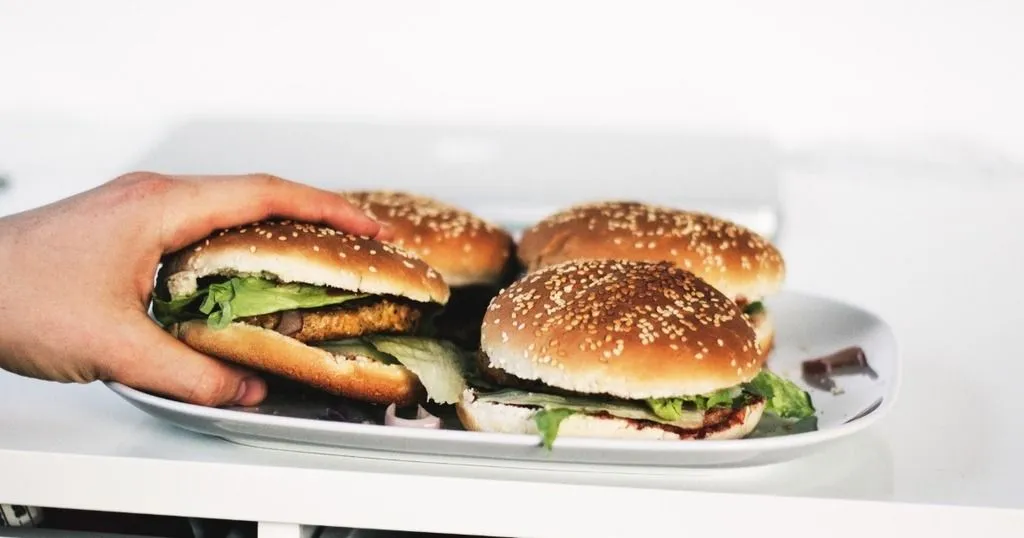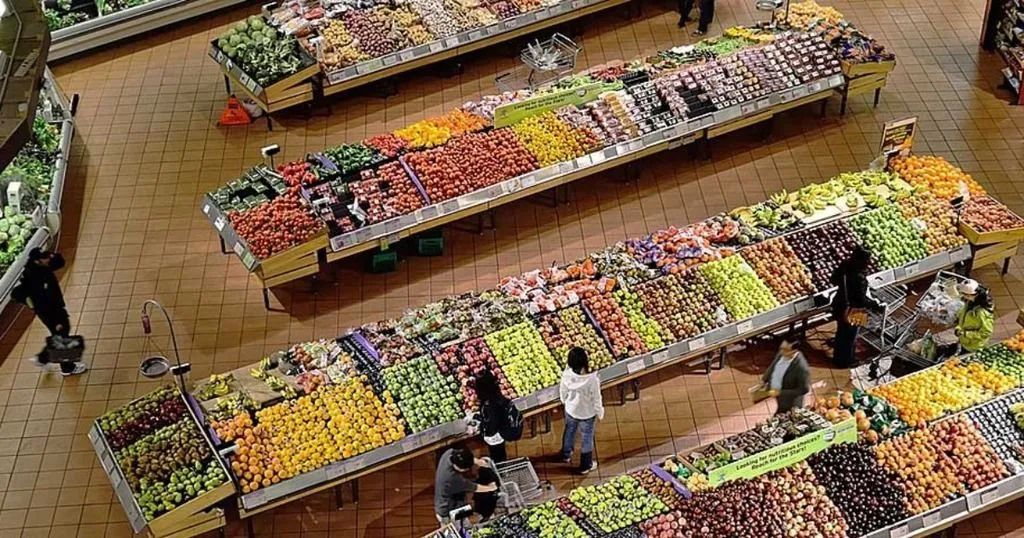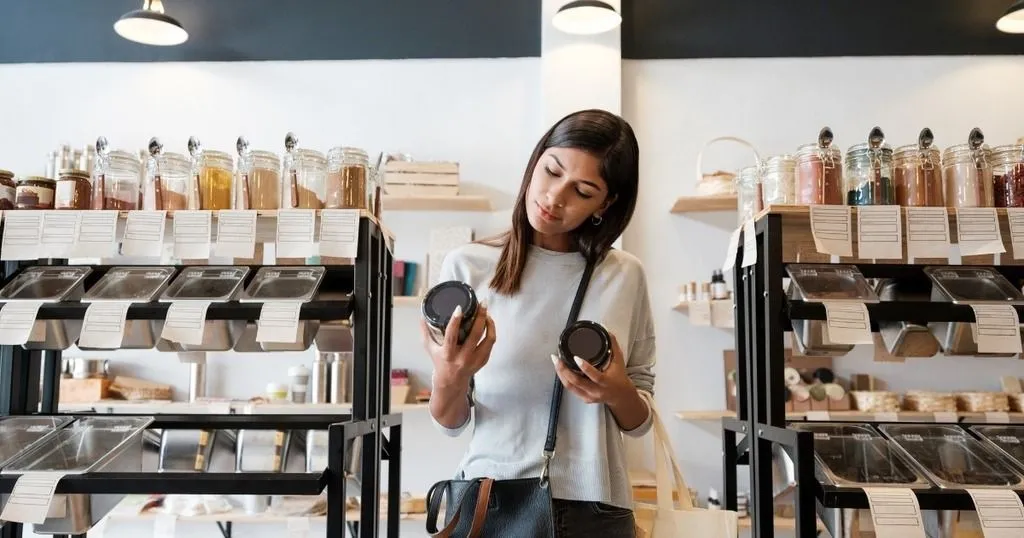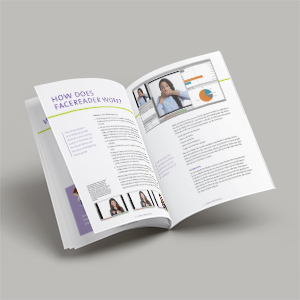What does the Moment of Truth mean to your business?

We’ve all been there: close to the freeway on-ramp were several choices of the usual variety. I quickly made my decision, rolled through the drive thru, picked an item from the pictures provided, and hit the freeway again.
Posted by
Published on
Tue 14 Oct. 2014
Recently, I was leaving the University of Kentucky, about to head back to my home in Cincinnati a mere 90 miles away. It was in the mid-afternoon and I had been on campus all day. Having been with the researchers in the Rodent Behavioral Core, I had no time to eat and water was not allowed in the facility. A complicating matter was the fact that I needed to get home as soon as possible to pick up the little one from school and get her to soccer practice. Needless to say, I was in a bit of a hurry and I was ravenously hungry. I didn’t want to sit down to eat, I just wanted something on the go.
We’ve all been there: close to the freeway on-ramp were several choices of the usual variety. I quickly made my decision (“Oh, new grilled chicken sandwich”, I said predictably), rolled through the drive thru, picked an item from the pictures provided, and hit the freeway with my food in hand.

Only when I unwrapped my package, what stared back at me was a sad excuse for the chicken sandwich I had ordered. On the menu, it was plump, juicy, full of ripe red tomatoes, crisp lettuce, and a hearty bun. What I held in my hand was a squashed bun, grease limply holding what used to be a chicken breast and some soggy lettuce. It had a dash of mayo and a puny tomato. Not exactly gourmet. It tasted the same as it looked. I was hungry, already in route, and out my sunk cost of lunch. But fool me once, shame on you.
To this day, I refuse to return. Fool me twice, shame on me. The moment at which I consumed my sandwich directly influenced my decisions of what to purchase in the future.
Understanding that choice point is the first key to winning their business
I’m not alone in this example. It was sadly parodied in Michael Douglas-starring film, Falling Down, and recently demonstrated by CNN. It is in these moments, however, where we can understand consumer choice and its influence upon buying behavior. You want people to choose your product. The world requires many choices and you want to win. Every time. Fast food, grocery store, internet providers, etc. But how do you win them over? Understanding that choice point is the first key to winning their business. But is that all there is to it? Of course not.
Once you have them, you want to ensure to keep them coming back for more. This is the second key to ensuring a long term customer. But how do these two keys interact to unlock the consumers’ hearts (and wallets)? The goal of the present article is to highlight some of the ways Noldus Consulting can help win at the three “Moments of Truth” (MOTs).
First, I will present some existing findings into MOT research, then demonstrate how Noldus solutions, and our collaborators, can help you achieve new insights into customer behavior.
Knowing your moments
Moments of Truth. The words carry a profound resonance. The exact origin of the term has not been agreed upon. Some say G.W. Marriott first coined the term. Others, or most, attribute the term to the former CEO of Procter & Gamble. “The best brands consistently win two moments of truth,” said A.G. Lafley in 2005. “The first moment [fMOT] occurs at the store shelf, when a consumer decides whether to buy one brand or another. The second [sMOT] occurs at home, when she uses the brand – and is delighted, or isn’t.”
The key to success as a brand is harmonizing these two Moments of Truth. If the product does not meet the expectations of the consumer, a repeat fMOT is unlikely. Likewise, your product may be the best in the home (i.e., at sMOT), but a loss at the fMOT means the consumer will never know. But this concept extends beyond the shelf. Recently, the minds at Google have added what they call Zero Moment of Truth (zMOT). This occurs at home and comes from the television, smart phone, tablet, or computer.
Zero Moment of Truth
To understand zMOT, we first must look at one of the defining features that makes us human: our face. Defined by the sum of its parts into a gestalt of emergent beauty, the face is as complex as it is uniquely human. Even the human brain has adapted a small corner in the temporal lobe for recognizing and identifying faces. Damage to that area results in the loss of facial recognition (for a curious look at someone afflicted with this disease, called prosopagnosia, see Oliver Sacks’ “The Man Who Mistook His Wife for a Hat”).
In the early 60s, a brilliant scientist named Paul Ekman traveled the globe to demonstrate that all humans on this planet show the same six “basic” emotions: happy, sad, scared, disgusted, surprised, and angry. Thus, our expressions give us away: they are unconscious and uncontrollable. They are contagious: a laugh induces laughter in others (i.e., the “laugh track”). They are also recognizable.
Recognize basic emotions with FaceReader
Insert Noldus FaceReader. Trained and modeled on over 200,000 images, FaceReader can recognize the basic emotions automatically and analyze the emotional valence of an event. In the case of zMOT, FaceReader can be used to help understand the effectiveness of messaging in the home. Recently, I showed how FaceReader Online corresponds to existing in-market metrics like brand recall and purchase intent. We have also shown how FaceReader can help unlock the secrets to effective messaging through making people happy. Validated by both the human eye and in-market, FaceReader is the ideal tool for accessing zMOT.
First Moment of Truth
The fMOT is considered to be the first few critical seconds when a consumer is making a decision of what to buy. Is it a necessity? It is on her list? Given the myriad of choices, how does your brand stand out? Originally conceived on the shelf in the store, the fMOT applies to many scenarios: restaurants, computers, smart phones, tablets, airlines, service providers, etc., it is not limited by category.

As behavioral experts, my colleagues and I can help you understand those fMOTs. We can track participants in a shopping environment to understand their route through the store. The new “organic” and “gluten free” craze has shoppers proudly displaying ‘thigmotaxic’ behavior, or put simply, wall-hugging, or perimeter shopping. Time spent in the aisles is decreasing, much to the CPG’s dismay. We can track the route from the home to the destination (restaurant, retailer, etc) to ascertain the exact course our shopper takes. Why drive out of the way when there is a supermarket on the corner?
To this end, Noldus has developed TrackLab. Noldus also partners with eye-tracking companies to provide a real-time analysis of the gaze patterns as our participant moves through her environment.
Moreover, Noldus works with the Restaurant of the Future to understand how decisions are made in a cafeteria-type environment. For example, researchers at the Restaurant of the Future found that men were likely to choose a sandwich if it were labeled “new”, whereas women were likely to choose a sandwich if it were labeled “healthy”, even if it were the same sandwich!
My story in the beginning sadly reinforces this finding. But in all cases, the experts at Noldus are poised to provide a key insight into the fMOT.
Second Moment of Truth
The sMOT is the moment when the customer, having embraced the fMOT, now uses it for the first time and each time after. In my example above, it is the unwrapping and experience of the sandwich. In CPG, it may be opening the product at home, or trying it for the first time. It could also be waiting in line at a theme park. In short, sMOT is truly the total consumer experience (or UX for “User eXperience”).
There are many ways to measure UX, from surveys, to text analytics, to facial expression analysis. Working with several key text analysis consultant firms, Noldus is the industry leader in facial recognition. FaceReader has been demonstrated to be an effective means to understand sMOT in consumer studies: A recent study in the journal Food Quality and Preference showed that FaceReader successfully differentiated implicit and explicit measurements and showed a high correlation with liked and disliked samples of orange juice.
In addition, Noldus has begun to revolutionize the ethnographic study by creating an unobtrusive method for researching questions about how respondents act naturally in-home.
Conclusion
Although there are many companies studying the consumer experience, or ad testing, etc, Noldus’ consultants can help you understand the usability of your website, the effectiveness of your advertisement, the noticeability of your package on the shelf, and the user experience with your product. In other words, Noldus can help you understand the Moments of Truth that create a powerful means to understanding your customer.
Drive communication with effective zMOT. Create a need for your product in your consumer’s life. Understand key choice points with fMOT and the total consumer experience with sMOT. The consumer experience, in turn, drives communication and thus the cycle starts over again.
Talk with a Noldus consultant today and find out how we can help you understand your Moments of Truth.
Related Posts

Measuring consumer responses to chocolate and images

Understanding consumer buying behavior


